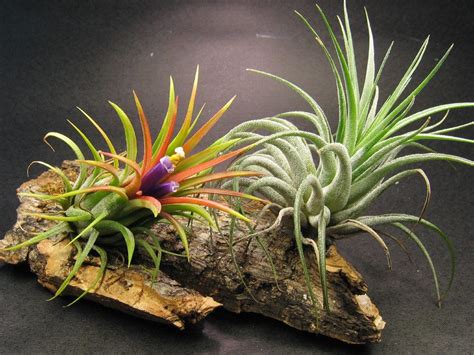Airs Plant. A shirley temple air plant (tillandsia streptophylla). Access the automated import reference system (airs) (opens in new window) and follow the series of drop down options that include:.

The term “air plant” is used to refer to plants that do not require soil in order to survive, but instead grow on top of other plants, such as trees, without being parasitic. Air plants, or tillandsia, make up the largest subgroup found in the bromeliad family. These plants will bloom once in a lifetime with a colorful bloom spike unique to the variety.
Here Are Josh Rosen’s Top Tips For Care To Keep Them Alive.
Read more about it at object of desire: They’re having a moment as houseplants because they’re easy to care for and don’t need much light to thrive. Recieve free, fast shipping for all orders over $60.
Additionally It Needs Specific Requirements For Germination To Occur And Also For The Plants To Survive Into Adulthood.
Air plants do, in fact, need water, nutrients, and attention. With these plants, you’ll need only to water them once or twice a week. These plants are epiphytic in nature, so they evolved to grow on other plants like trees.
The Term Air Plant Refers To Any Of Roughly 500 Different Species Of Flowering Perennial Plants In The Tillandsia Genus, Part Of The Bromeliad Family.
Usually grows on another plant but not parasitic on it. Air plants (tillandsia spp.) are epiphytes, meaning that in nature they grow on other plants, usually on tree branches. Your source for all things air plant.
These Leaves Have A White, Dusty Coating On Them.
Compressed air is required on process plants as plant air for general applications, instrument air, breathing air, and process air. They require no soil for their roots. General applications include purging and driving pneumatic tools.
Access The Automated Import Reference System (Airs) (Opens In New Window) And Follow The Series Of Drop Down Options That Include:.
A shirley temple air plant (tillandsia streptophylla). Air plants, or tillandsia, grow floating in the air, where they live and thrive without soil. Air plants prefer bright, indirect sunlight, and their ideal temperature is anywhere between 60 to 80°f.
